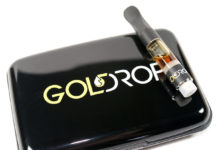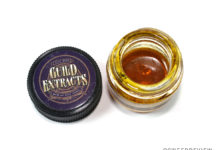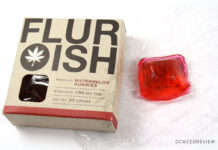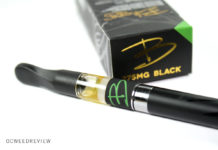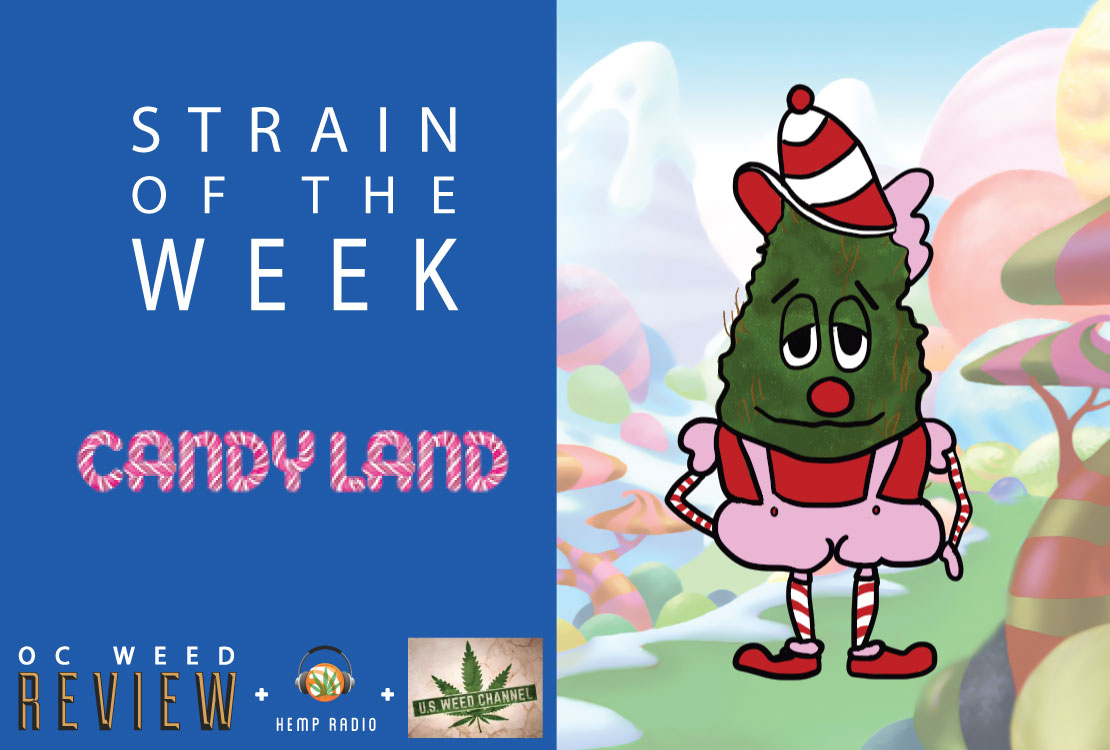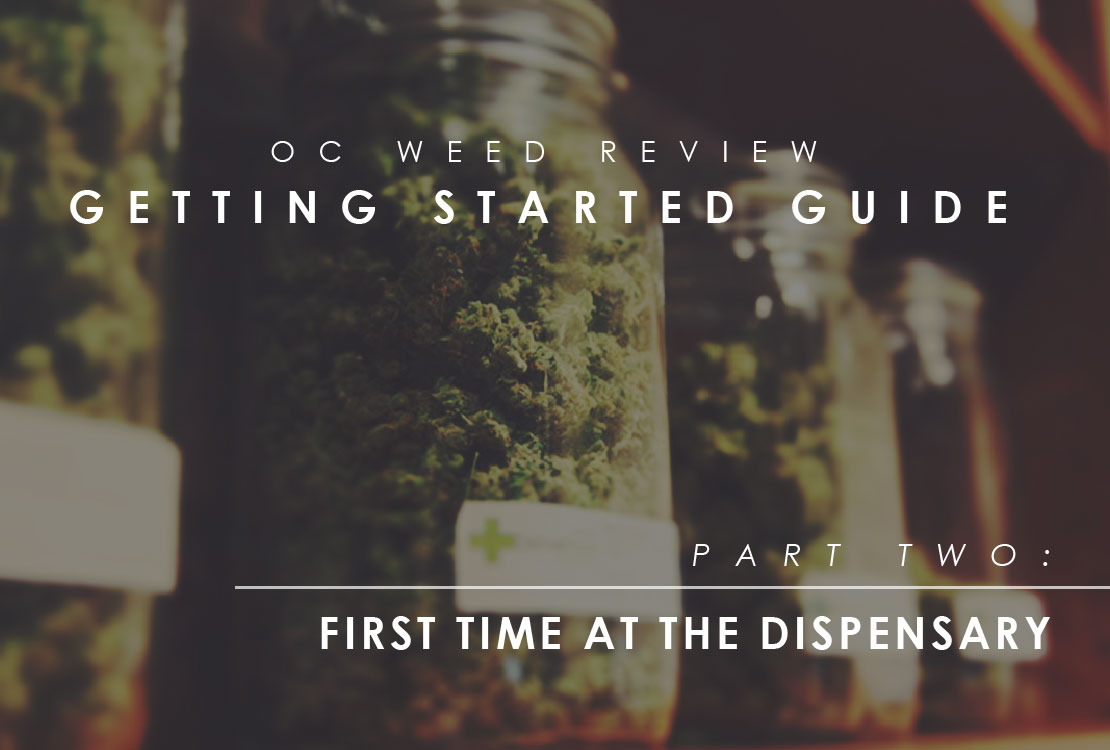So you have your mmj recommendation in hand. Congratulations! However, your journey into medical marijuana is just beginning. You may be thinking to yourself, “How do I get my medication?” Well, firstly, you can grow your own. Unless further defined by local law, you can cultivate 12 immature or six mature cannabis plants for your personal use here in our state. However, I’m going to assume you’d like relief from your ailments much faster. Under California’s guidelines, when you sign up at your local dispensary, you are giving them the right to grow or obtain your medication for you. Isn’t that convenient?
When looking for a dispensary, there are several things to keep in mind: location, price, and quality are the most obvious. We will also discuss your own comfort level as well. This walkthrough is going to focus on walk-in brick and mortar dispensaries. Delivery is also a widely used option here in the OC, but we will cover that another day.
For the most part, with exceptions popping up in Garden Grove and Anaheim, most physical dispensary locations in the OC are in Santa Ana. When trying to decide where to go, I would first take into account which dispensaries are closest to you. Coming up from South County, I tend to stop into the ones located off the 55 fwy. When I’m down the beach, I’ll pop into the shops bordering the 405. When I’m up North on business, I try to get in to see what’s going on along the 22 fwy, since I rarely visit these shops. With so many choices in Santa Ana, save the gas money and find a favorite closest to you. As far as safety goes, I’ve never felt uneasy or out of place at a collective or in their neighborhoods. However, I’m also a pretty big guy. If you are new to the area, check out our dispensary reviews. They will detail places best suited for your prefered style.
Prices for medication in Orange County vary little between shops. Most dispensaries will advertise their “cap” or highest price for an eighth of flower. I find this to be a good gauge of the location’s overhead and general comfort level as well. Don’t expect refined touches like leather chairs and tv screens at $35 cap dispensaries. For the most part, flower is categorized as either top or middle shelf, priced $50 and $35 an eighth, respectively. From shop to shop, there will be some higher and lower options. “Private Reserve” or “Ultra” labels are a good way for dispensaries to eek out 5 bucks more for an eighth. With some careful consideration, you should always walk out feeling like you got what you paid for. Edibles and concentrates follow the same rules. Higher quality demands higher prices, and some designer products will cost you. Savvy patients will learn to browse Weedmaps and shop the deals, since some shops will carry branded items at a reduced retail price to lure customers.
The final point to consider is quality. As I mentioned above, you will generally match price with quality or, especially in the case of edibles, potency as well. Don’t feel the need to rush when choosing your medication. I typically judge three things when selecting a strain: smell, size of the buds, and aesthetic look. You don’t have to be an expert to spot a good or bad grow, and after a few trips, you will know what qualities appeal to you. If all else fails, ask your budtender, but never feel obligated to donate if you aren’t happy with what you see. I’ve walked out of dispensaries empty handed in the past. A few dispensaries have their medications tested for potency. Even fewer test them for safety. If you find one that does test for contaminants, take it into consideration as a rarity and support them with your business to keep them doing it. Until it is required by law, it is the only way to truly control the medication we receive.
Once you have decided on a dispensary, you’ll have to find it. This may sound like an easy task, but that is not always the case. While some signage or a green neon light might be used as an indicator, there is an equally good chance that there will be no evidence of a collective at the address all. Don’t be alarmed. This speakeasy attitude was sparked by the latest round of closings early in the summer of 2013. In order not to draw attention to the business at hand inside and to keep landlords happy, some discretion has been necessitated. Always write down the address carefully and use navigation when possible. I’ve gotten to know Santa Ana’s street grid well since becoming a patient solely on account of getting lost looking for office parks and strip malls scattered across town.
No matter which dispensary you finally decide on, be sure to bring your state ID and original doctor’s recommendation with you. If you have just moved to California, and only have your temporary license, you should not have an issue, but some dispensaries will not take temp IDs. Don’t fret. If you get turned away from one, there are plenty of others that will take care of you in the meantime. I was turned away from my favorite collective the first time I went and had to wait until my license came in the mail to finally get inside.
When you arrive at your collective, be aware of the parking. Some office parks have reserved parking. Once you find the door, a select few have doorbells, and you will have to wait for it to be buzzed open. Otherwise, just wander on in. There will be a window, similar to one at a doctor’s office check-in. Pass over your ID and recommendation, and they will check you in. If you are a first time patient (FTP), you will need to fill out some paper work. Feel free to read through it. It largely contains permissions for the dispensary to offer you medication, as well as collective rules. I always browse them and have never found anything suspect. At least nothing more intrusive than what my phone apps ask for. Once you are checked in, they will have you wait or, if they are ready, will buzz you right back to the showroom.
Here your “budtender” will greet you and invite you to the case. They will typically start with the flowers, or the dried and cured plant, as this is what most patients request. When you are asked by your budtender what you are looking for, she is implying what shelf and what type of strains–indica, sativa, or a hybrid of the two. Doing some research or browsing our site ahead of time will help you know the effects of each type of plant. However, you can always rely on asking your budtender questions. If they are proficient at their job, they should be able to help you. If they aren’t, it’s time to switch shops. I have asked some ridiculously obtuse questions of my tenders when looking for strains, and some of the better ones can make suggestions without batting an eye. I tend to prefer sativas, so my budtender will pull out a couple choices in the price range I’ve requested. Remember that price equals quality, not just potency. Sometimes it is worth spending $50 for better, maybe even tested, medication that you can smoke less of. As my budtender pulls out jars for me to inspect, I always do one thing first: I shove my nose in the jar and take a deep whiff. For me, this is the best indicator of a bud’s potential. I also take a close look at the buds themselves, looking for a close trim with few extra leaves and an abundance of trichomes, the sticky resin glands on marijuana. Some shops let you touch the nuggets to see if they are fresh. I avoid these shops once I find them; who knows who else has touched my medication in that way.
After you have selected your strains of choice and the amounts, your tender will start weighing you out. I take this time to look at the extracts and edibles. Keep in mind that, although concentrates are in a rush of popularity right now, improperly made extractions can be poisonous to your system. Lighter color is a good gauge to begin weighing purity, but it isn’t a perfect rule. You will also need special gear to vaporize your concentrates, so getting started can be expensive. That said, when conditions are right, it is a wonderfully efficient way to medicate. So are edibles, which will be scattered around the shops. Again, price tends to equal quality. Check packaging for ingredients, THC counts, and even testing information. Doesn’t have it, pass it by and pick one that does. You’ll be glad you did. Most shops also carry an array of tinctures, capsules, topicals, and even pre-filled vaporizer pens. In this modern age of marijuana, your medication can be delivered in just about every way possible.
Once you have picked out all your medication, it is time to pay. As far as I’ve discovered, walk-ins are all cash only. Some have ATMs inside with outrageous fees. Plan ahead and visit your local bank branch. I find this also keeps me on budget. If I can’t afford that extra medicated cake pop, then I don’t need it. In the parlance of the industry, you don’t buy your weed, you donate for it. Once you have made your donation, your budtender will bag your medication and–most importantly–will staple it closed. No matter how tempted you are to get in your car and play with your weed, just don’t. Lock it in your trunk until you get home. As long as it is sealed and in your trunk, it will be harder for a police officer to say you were using it while driving. When you arrive at your final destination, open your bag, retrieve your medication, and prepare it for use; you are finally ready to medicate legally in California.


